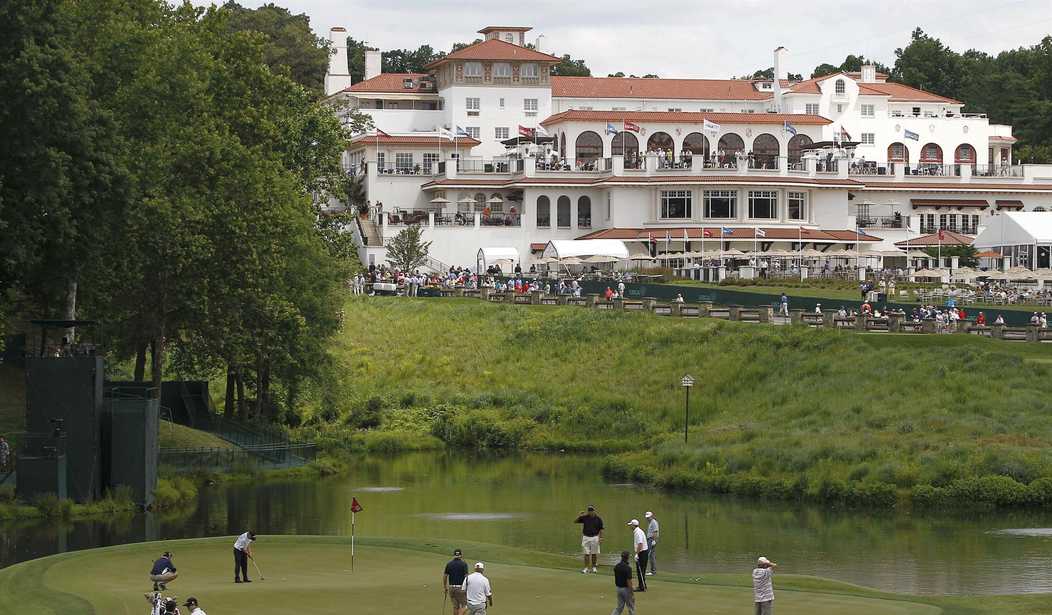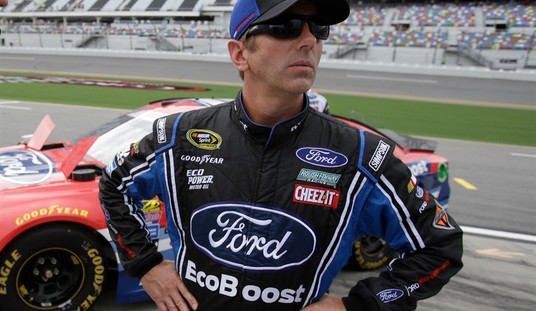For as long as I can remember, there’s been a stereotype that the Republican Party is the party “of the rich” and the Democratic Party is the party of the poor and working class. Liberals often derided so-called “Country Club Republicans” for being out of touch with regular folk. Well, it turns out that this stereotype, like so many others, is no longer true.
In recent years, the political landscape in the United States has undergone a dramatic shift, with the two major parties experiencing a realignment. According to an analysis of data from Axios, the GOP has become more appealing to a more diverse working class, while the Democrats now represent wealthier, more-educated voters. “Nine of the top 10 wealthiest congressional districts are represented by Democrats, while Republicans now represent most of the poorer half of the country,” reports Axios.
According to data provided by Rep. Marcy Kaptur’s (D-Ohio) office, 64% of congressional districts with median incomes below the national average are now represented by Republicans. This represents a significant shift in historical party demographics.
“We have seen an inversion of Democrat and Republican shares of the highest- and lowest-income districts — and the highest and lowest college degree-holding districts,” Cook Political Report’s Dave Wasserman told Axios.
This shift is also reflected in the fact that some of the highest-income districts have traditionally voted Democrat. However, as the divide between the wealthy and working-class districts grows, Democrats risk losing critical swing districts. “Increasingly, districts that make up the majority of the Democratic caucus don’t really reflect the middle-income districts where the House is won and lost,” Wasserman observed.
This makes perfect sense. Just look at the way the big city elites on both coasts have become out of touch with middle America. These snooty elitist leftists have become increasingly radical, imposing a dangerous ideology that conflicts with the values of ordinary Americans. The recent hubbub over Bud Light’s partnership with trans activist Dylan Mulvaney is a perfect example of this trend. As a result, the Democratic Party is facing a significant challenge. They must find ways to appeal to critical swing districts if they wish to retain their hold on the House of Representatives—and I wonder if that’s even possible.
“Republicans were the party of the country club, and they’re increasingly the party of country,” notes lobbyist and political analyst Bruce Mehlman.
Despite the Democratic Party’s repeated claims to being the party of average Americans, it’s actually the GOP that has broadened its appeal to the working class, becoming the party of country rather than the country club. As we move forward, it will be interesting to see how these trends continue to shape the political landscape in the United States.
Average Americans are increasingly realizing that it’s the GOP that represents them and their interests better. For instance, the Republicans’ emphasis on lowering taxes, creating job opportunities, and promoting economic growth has resonated with many working-class Americans. The party’s advocacy for traditional values and cultural conservatism has also found support among voters who prioritize those values. Meanwhile, the voters Democrats claim to represent have become disillusioned with the party’s recent shift towards more radical and divisive positions, like radical gender ideology, defunding the police and other soft-on-crime policies, and higher taxes, just to name a few.










